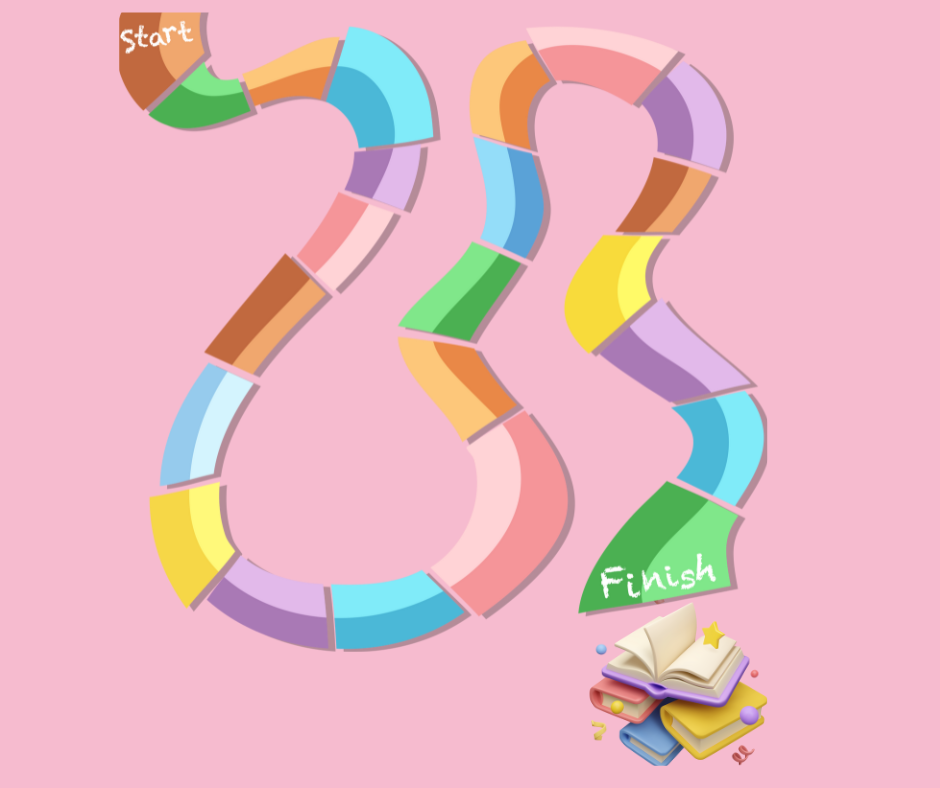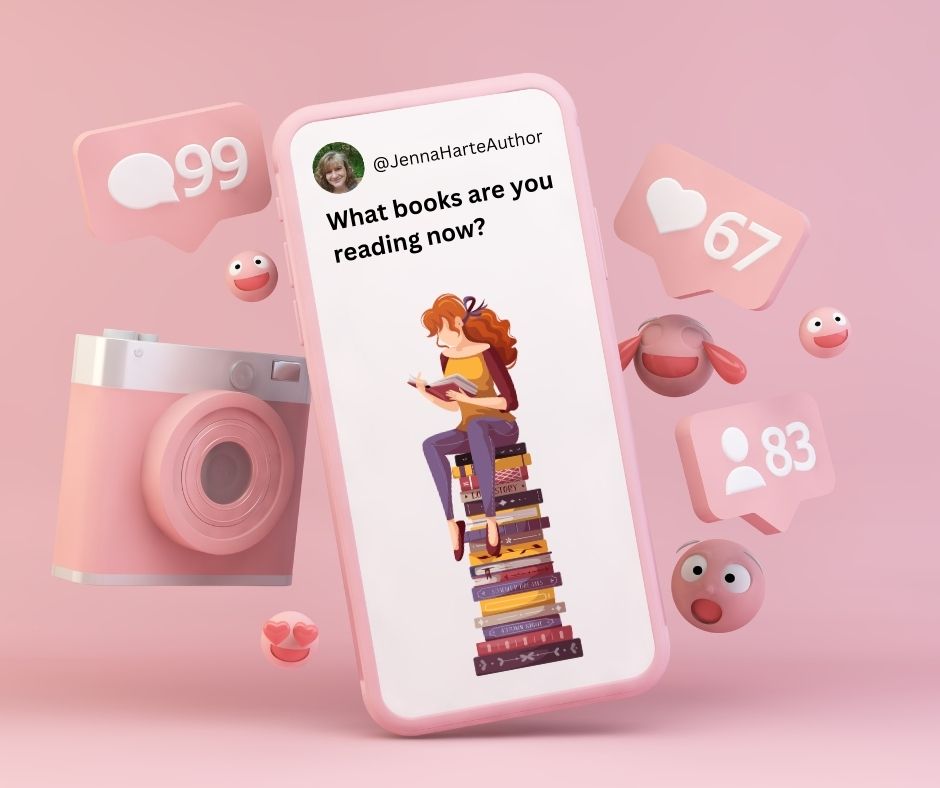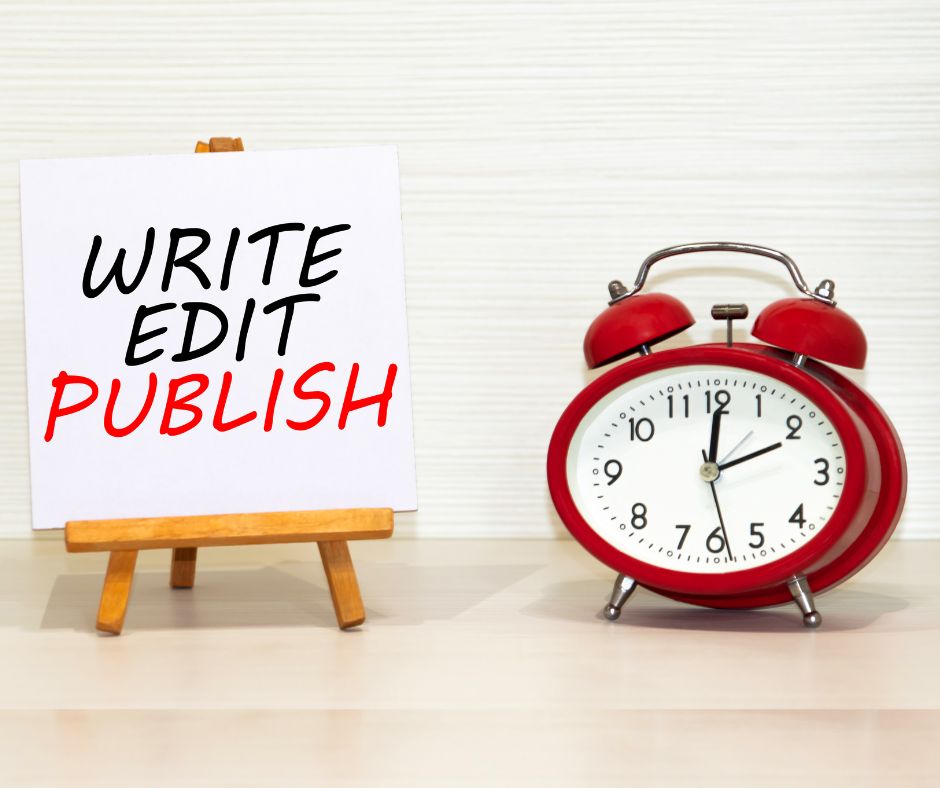How to Title Your Romance Book

Table of Contents
How do readers decide what to read?
The first three things they look at are title, cover, and description. Each of these are important to grab attention of the reader.
Coming up with a catchy title is key to standing out. Your title should capture the heart of your story and match what readers expect. But finding the right title for your book is more challenging that you might think.
Here we’ll cover what you should consider when titling your book, as well as tips on how to generate title ideas.
Choosing a Romance Book Title
There are a variety of options when it comes to developing your book title. Below are a variety of strategies you can use to help you craft a title that captures the attention of readers.
Explore Popular Romance Title Trends and Tropes
Romance novel titles are key to drawing in readers. By knowing what’s popular, you can make titles that speak to your audience. Some “trends” to consider are things like:
- One-word short and catchy titles, like “Obsessed,” “Passion,” or “Enchanted.”
- Tropey titles like The Grumpy Billionaire’s Mafia Princess or Damaged Billionaire Single Dad
- Character titles that use the main character’s name or job, such as The Duke and I, or Taming Mr. Walker, or Pucking Around.
- Mood setting titles such as Haunting Adeline or Spark of the Everflame
- Titles with place names, such as Montana Sky or Beachy Keen
Reflect Your Story’s Category
Your title should give readers a sneak peek at what’s inside. Think about the main themes, characters, or settings in your story. Is it a passionate historical romance or a modern love story? Use words that reflect these elements. Here are a few titles that suggest the books romance category:
- The Liar (romantic suspense)
- Quicksilver (romantasy)
- The Duke and I (historical)
- Dark Witch (paranormal)
- The Hating Game (rom com)
Consider Your Book’s Heat Level and Tone
Some titles, along with the cover, can hint at whether it’s sweet or spicy, or light or dark. Stuck With My Damaged Bosshole is likely a spicy, written-to-market office romance. The Beach House is clean and cozy.
Of course, this isn’t always the case. Meant to Be is a title used on many books (including one of my own), and those books range from sweet to spicy. The thing to consider is whether your title might lead a reader to think one or the other. For example, in the Clean & Wholesome category, there is a book called Whoops I Married the Wrong Brother. It’s royal romance that sounds cute, but the cover and title hint at a little spice, in my opinion.
When my series Southern Heat first released with the now defunct Penner Press, I was concerned the covers gave a sweet vibe that would annoy readers when they discovered the spice. When I got my rights back, I made sure the covers better reflected the content of the books. Now of course, we’re talking covers here, but covers and title work together.
 VS
VS 
Hint at Conflict or Mystery
Add tension to your title to make readers curious. The Duke’s Secret or One Last Chance suggests challenges the characters face. This makes readers want to know what happens next.
Appeal to Your Target Audience
Know who you’re writing for. Different romance subgenres have different tastes. The challenge of this is that tastes can change (e.g. sexy bare-chested men vs cutesy cartoonish covers). Some readers might be drawn to tropey titles (e.g. The Grumpy Billionaire’s Mafia Princess) and others aren’t.
Make Your Title Easy to Remember
A title that sticks in people’s minds is key to spreading the word. Aim for titles with three to five words for romance novels. When thinking of romance titles, try using alliteration, rhyme, or wordplay, like A Scot in the Dark, Cold Hearted Rake, or The Honey Don’t List.
Incorporate Keywords for Better Discoverability
Admittedly, this can lead to tropey titles, which you may or may not like. But when it comes to attracting readers who are scanning an Amazon list of results, titles that speak to what they like will make them stop scanning.
Think about the words that highlight your story’s category, tropes, themes, settings, or characters. Many hockey romances use the word “puck” such as Pucking Around, as an example of this. Other stories have “Boss” or “Single Dad”, or other tropes.
When naming your book, mix keywords with creativity. Your title should be catchy and appealing. At the same time, don’t overdo it with keywords as it can make your book sound like a boring category listing rather than a title.
Leverage Subtitles
Subtitles can be the solution if you don’t want a tropey title like The Grumpy Billionaire Single Dad’s Sunshine Nanny. They let you add more interest and make your book’s theme clear. Many indie authors today have their tropes in the subtitle to help readers identify what the book is about. For example, Hateful Games: An arranged marriage billionaire romance or Loving Romeo: A Small Town, Enemies to Lovers, Sports Romance.
Subtitles can suggest the story’s setting, time period, or a special twist. For instance, All Duke and Bothered: An addictive enemies to lovers, arranged marriage regency romance with Beauty and the Beast vibe.
Remember to keep your subtitle short and clear. Aim for 3-7 words that pack a punch. Here’s a quick guide to crafting effective subtitles:
- Use vivid language that evokes emotion
- Include keywords relevant to your romance subgenre
- Avoid clichés and overused phrases
- Ensure it complements your main title without repeating it
Think About How the Title Will Look on the Cover
Your romance book’s title and cover design work together to grab readers’ attention. When thinking of title ideas, imagine how it will look on the cover. Consider the font styles, sizes, and colors that could enhance your title. A short, catchy title can be displayed in a larger size, making it easier to see in small images online.
You might want to work with your cover designer from the start. Share your title ideas and get their feedback. They might suggest changes that make your title stand out.
Consider Other Books in Your Book’s Series
If this book is in an existing series, look for title names that fit with the rest of the books. For example, in my Valentine time mysteries, there is always a play on love and death in the title… Deadly Valentine, Old Flames Never Die, With This Ring I Thee Kill, and so on. My romance series all have 3-word titles: Drawn to Her, Meant to Be, Wed To You.
Lucy Score’s Knockabout books all start with “Things We” (e.g. Things We Never Got Over). Sarah J. Maas ACOTAR series all start with “A Court Of (e.g. A Court of Thorns and Roses). Sadie Kincaid’s books all have the main male character’s name as the title (e.g. Dante, Joey, and Lorenzo)
Test Your Title with Potential Readers
Before you settle on a title, get feedback from your target audience. Share your top picks with beta readers, writing groups, or on social media. Ask which title they like best and why. This feedback can really help you pick a title that connects with your readers.
What Not to Do
As you start drafting your titles, here are some things you should avoid.
- Avoid Overly Complex Titles – Make your romance book title simple and clear. Complex titles can confuse people and make your book hard to find. Go for a title that’s easy to read, say, and remember. For instance, “Moonlit Kisses” is better than “The Intricate Tapestry of Nocturnal Romantic Encounters”.
- Steer Clear of Clichés and Overused Phrases – Romance readers have seen it all. Avoid titles like “Love’s Embrace” or “Passionate Nights.” These worn-out phrases won’t make your book stand out. Instead, aim for fresh, unique titles that capture your story’s essence.
- Skip Similar Titles to Existing Books – Titles aren’t copyrightable, but to avoid confusion by readers, it’s better to choose a title that doesn’t already exist. You don’t want your readers buying the book with the same title by another author. Before settling on a title, do a quick search for it on Amazon.
- Consider Cultural Sensitivities and Double Meanings – Be mindful of potential cultural misunderstandings or unintended double meanings when choosing romance book titles. What sounds romantic in one culture might be offensive in another. It’s wise to run your title by beta readers from diverse backgrounds to catch any issues.
Coming Up with Title Ideas
You may already know all the above, but still struggle to find the perfect title for your romance novel. Here are some tips to help you get ideas:
- Write down elements of your novel (e.g. tropes, character types, location, etc) as well as theme, words that evoke the mood, and whatever else can represent your book, and then make different titles similar to magnet poetry. Move words around. Add some. Take some away.
- Ask your reader or writer group for help. I do this a lot, especially as one of my series grows.
- Brainstorm by writing down a bunch of title ideas
- Use a book title generator. Reedsy, Bookraid, and Editpad ask for input about your books and then provide book title ideas.
- Use ChatGPT to give you a list of ideas based on information you provide about your stories premise and summary, tropes or themes, romance category, and characters. This can be more helpful than the book title generators, as you can provide more details for the AI to consider.
Do you have other thoughts about titling romance novels? Let me know in the comments below.






Responses